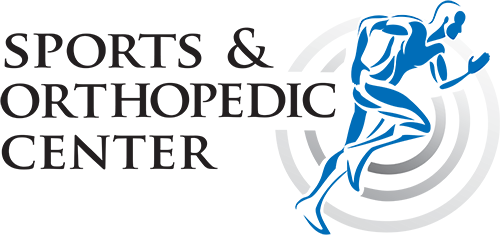REVERSE TOTAL SHOULDER REPLACEMENT
A reverse total shoulder replacement is a procedure that involves reshaping parts of the anatomy of the shoulder. It uses an implant and prosthetics that reverse the position of the ball and socket of the shoulder joint. The surgery changes the position of the ball and socket joint so that the ball is relocated to the shoulder blade and the socket is positioned at the top of the arm bone.
Reverse shoulder replacement surgery restructures the shoulder in a way that improves the mechanics of the muscles that surround the glenohumeral joint and make up the rotator cuff. It is a creative and effective way to restore the structure and function of the shoulder joint. This surgery is the ideal choice for patients who have arthritis due to a rotator cuff tear arthropathy and are at a mechanical disadvantage for other methods of shoulder repositioning.
The reverse shoulder replacement was specifically designed for a problem called rotator cuff tear arthropathy. Rotator cuff tear arthropathy is a problem that occurs when a patient has both shoulder arthritis and a rotator cuff tear.
REVERSE PROSTHESIS VS A STANDARD SHOULDER REPLACEMENT
A standard total shoulder replacement depends upon muscles and tendons around the shoulder joint to be intact. The muscles attach to the shoulder blade and turn into tendons which attach to the shoulder. These muscles and their tendons function to move the shoulder and are together called the rotator cuff. When these tendons become extensively torn so that they do not attach to the bone any longer, the shoulder often does not function normally. The loss of the rotator cuff can produce pain and also loss of motion. A normal shoulder replacement is designed to work only if those tendons are intact. In contrast, a reverse prosthesis is designed for situations where the rotator cuff is torn or malfunctioning.
A reverse shoulder replacement is recommended when there is:
- A damaged rotator cuff with shoulder joint arthritis
- Shoulder joint arthritis for most patients over the age of 70
- Shoulder joint arthritis with a history of prior rotator cuff surgery
- A poor result (pain, weakness, loss of function) after anatomic shoulder replacement
- When a prior shoulder replacement becomes loose
- After a severe shoulder fracture that affects the humerus (arm)
- Shoulder instability after a prior anatomic replacement or large rotator cuff tear
- Other complex problems that can affect the rotator cuff and shoulder joint
- Failed repair of a massive rotator cuff tear
- Tumors that affect the shoulder joint area
A reverse shoulder replacement has many similarities to a traditional shoulder replacement, including the preoperative evaluation, position during surgery, the surgical incision, and the postoperative plan for the first few weeks.


